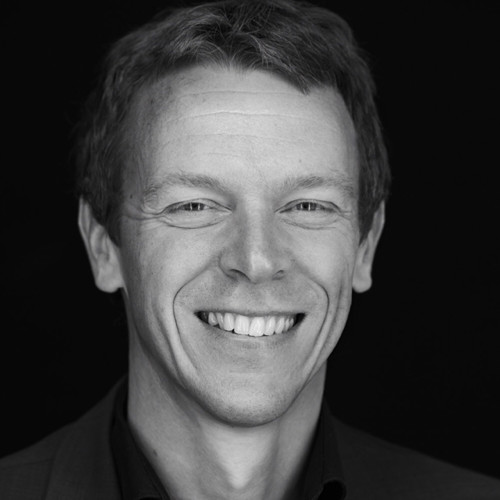The trading and industrial company CARL CHRISTENSEN is growing—and with that growth comes the need to enhance leadership quality.
In collaboration with CfL, the company has designed and implemented an internal training program tailored for middle managers stepping into their new roles. This program aims to equip them with the tools and insights necessary to succeed in their leadership responsibilities and support the organization’s continued expansion.
By Kirsten Weiss, journalist, july 2024.
“We want to invest in leaders who have both the will and the ability to lead. In my view, becoming a leader is a process, and we aim to provide people with the opportunity to grow so they can step into new roles—sometimes even as leaders of their former colleagues. This process requires awareness of new demands and roles, as well as the chance to learn more about leadership.”
So says Thomas Jensen, CEO of CARL CHRISTENSEN A/S, who, after several years of strong growth, sees the need to better prepare the company’s middle managers for leadership roles.
As Thomas Jensen points out, one of the common challenges for middle managers—and for the Aarhus-based company’s team leaders in particular—is that they are often promoted from within and suddenly find themselves leading former colleagues.
This transition can be demanding, but the company, as Thomas Jensen emphasizes, has chosen to invest in people and their willingness and desire to grow.
“When you become a leader, you can no longer be best buddies with your former colleagues. You take on a new role—suddenly there are gatherings you’re no longer invited to. You must be a safety net, dare to make decisions, and have opinions."
"We need a new layer of leadership in the company, and we want to give people with the will and ability the chance to step into these roles. If they succeed, we will have played a part in developing an individual,” says Thomas Jensen.
To this end, the company, in collaboration with CfL, designed a leadership development program that balances what the middle managers already know, what they aspire to, and what the company needs.
The goal was to strengthen the leadership skills of the 12 middle managers while fostering unity among team leaders from different departments. Though their backgrounds vary, they share the challenge of addressing issues they may not have faced before.
The article continues below the box.










